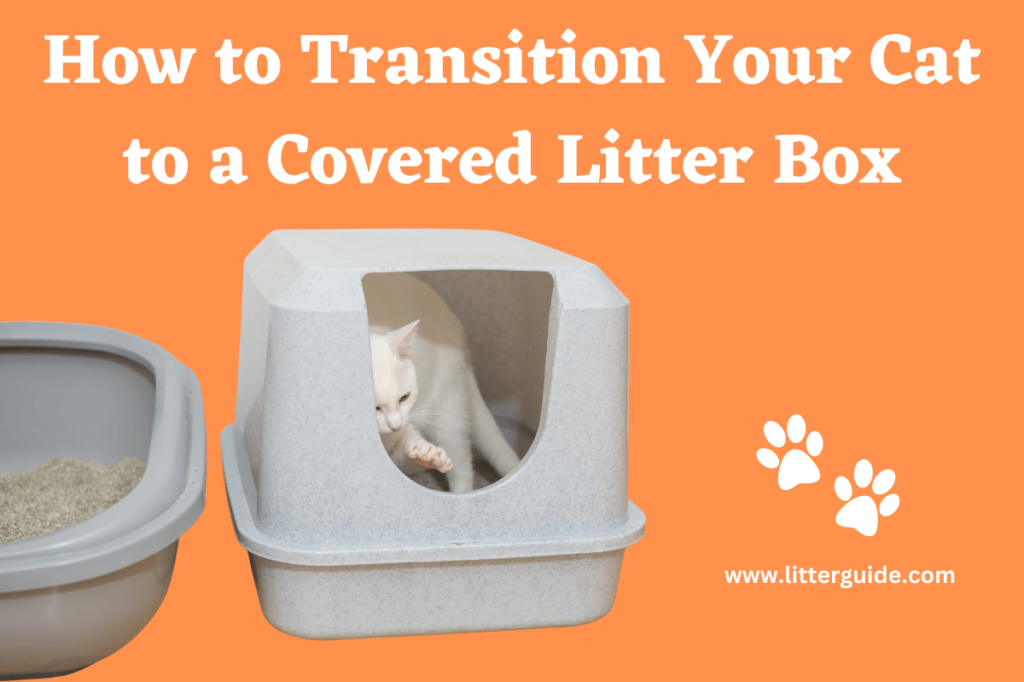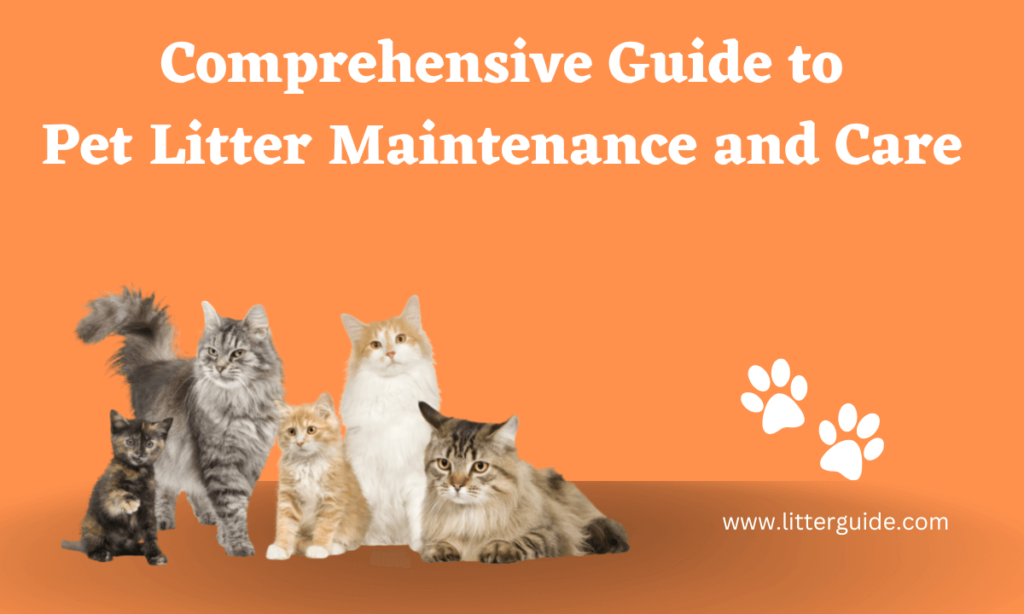As a cat lover, you understand the importance of providing your Cat with the best possible living environment. A litter box is an essential part of your cat’s life, and it is important to make sure that your cat is comfortable and happy using it. However, sometimes you may need to make a change, such as transitioning your cat to a covered litter box. While this may seem like a daunting task, it can be accomplished with patience and a few simple steps.
Understanding the Need for a Covered Litter Box
Covered litter boxes offer several benefits that may be helpful for you and your cat. Firstly, they help to contain the litter and reduce odor, which is beneficial for you as the cat owner. Secondly, covered litter boxes provide more privacy for your cat, which may help to reduce stress and anxiety. Finally, a covered litter box can help to keep your cat’s litter area clean and tidy, which is beneficial for their overall health and wellbeing.
Before we get into the how-to of transitioning your cat to a covered litter box, let’s talk about why you might want to make the switch in the first place. There are a few reasons why you might choose a covered litter box over an open one:
Reduced Odors:
One of the biggest benefits of a covered litter box is that it can help reduce litter box odors. The cover helps to contain the smell of urine and feces, which can be a big help if you’re particularly sensitive to smells, living in small space or have guests over frequently.
Increased Privacy:
Some cats prefer a bit more privacy when they use the litter box. A covered litter box can provide a bit of a sanctuary for your cat, making them feel more secure and comfortable while they do their business.
Reduced Litter Scatter:
Another benefit of a covered litter box is that it can help reduce the amount of litter that gets scattered around your home. The cover helps to contain the litter, which means less sweeping and vacuuming for you.
Aesthetic Appeal:
Let’s face it – litter boxes aren’t the most attractive thing in the world. A covered litter box can help blend in with your home’s decor a bit better, making it a more attractive option overall.
Now that we’ve covered why you might want to transition to a covered litter box, let’s get into the nitty-gritty of how to make the switch.
Preparing for the Transition
Before you begin the transition process, it’s essential to make sure that your cat is comfortable with their current litter box. Cats can be creatures of habit, so it’s important not to rush the process. Here are a few things you should do to prepare for the transition:
Step-by-Step Guide to Transitioning Your Cat to a Covered Litter Box
Introduce the New Litter Box:
The first step in transitioning your cat to a covered litter box is to introduce the new box to your cat. Start by placing the new litter box next to your cat’s existing litter box. If you don’t have an existing litter box, simply place the new box in the same location where you plan to keep it permanently.
Remove the Lid:
For the first few days, leave the lid off the new litter box. This will help your cat get used to the new box without feeling too confined or overwhelmed. During this time, you can also start to add a bit of your cat’s existing litter to the new box, so they start to associate it with their bathroom routine.
Slowly Add the Lid:
After a few days, you can start to add the lid to the new litter box, but leave it partially open. This will allow your cat to get used to the idea of the cover without feeling too closed in. You can gradually start to close the lid a bit more each day, until it’s fully closed.
Monitor Your Cat’s Behavior:
Throughout the transition process, it’s important to keep an eye on your cat’s behavior. Watch to see if they seem hesitant to use the new box, or if they seem uncomfortable or stressed while using it. If you notice any negative behaviors, you may need to slow down the transition process or even consider switching back to an open litter box.
Keep the Box Clean:
Finally, it’s important to keep the litter box clean and well-maintained throughout the transition process. A dirty litter box can deter your cat from using it, which can slow down the transition process. Make sure to scoop out the litter box regularly, and clean it thoroughly with soap and water once a week.
Tips for a Smooth Transition
Transitioning your cat to a covered litter box can take some time and patience, but there are a few things you can do to make the process go more smoothly:
Choose the Right Size:
Make sure to choose a litter box that’s the right size for your cat. A box that’s too small can be uncomfortable and cramped, while a box that’s too big can be intimidating for your cat.
Use the Same Litter:
Stick with the same type of litter that your cat is used to using. Switching to a different type of litter can be confusing and stressful for your cat.
Provide Multiple Boxes:
Consider providing multiple litter boxes throughout your home, especially if you have more than one cat. This can help reduce territorial behavior and make the transition process smoother.
Be Patient:
Remember, every cat is different, and some cats may take longer to adjust to a covered litter box than others. Be patient and give your cat time to get used to the new box.
Conclusion
Transitioning your cat to a covered litter box can be a bit of a challenge, but with the right steps and some patience, it’s definitely doable. Remember to introduce the new box slowly, monitor your cat’s behavior, and keep the box clean and well-maintained throughout the transition process. With a little bit of effort, you can help your cat feel more comfortable and secure while they do their business – and enjoy the benefits of reduced odors and litter scatter in your home.



